
‘Impossible’: Nuclear authorities sound alarm as Russia signals plan to restart Zaporizhzhia power plant
One of the most unsettling flashpoints in the Ukraine war is heating up again after Russia announced a ‘scary’ plan.
Nuclear experts are warning of a potential catastrophe at the Zaporizhzhia nuclear plant in Ukraine, a site that has served as one of the most unsettling flashpoints of the three-year conflict.
The plant, situated close to the front lines near the Dnipro River, was shut down in late 2022 for safety reasons after Russian troops seized the facility.
Moscow was hit with heavy criticism after images of showed smoke billowing from one of the two major cooling towers following a drone attack in 2024. The world watched on with trepidation while Ukraine authorities prepared for a nuclear explosion, with queasy memories of Chernobyl.
Global watchdogs have rallied in an attempt to avoid a disaster, a monolithic task given that Europe’s biggest nuclear site is sitting smack in the middle of a war zone.
Ukraine’s state nuclear operator Energoatom warned that restarting the Zaporizhzhia nuclear plant under Russian occupation would be unsafe and practically impossible during wartime.
Energoatom’s chief executive Petro Kotin says there were “major problems” in preventing a safe restart of the six-reactor facility.
Russia has said it plans to restart the plant once “military and political conditions allow” but has given no indication about when that will be.
The uncertainty over when exactly Russian engineers venture into the control room to twiddle dials has put nuclear watchdogs on edge.
Mr Kotin cited a lack of cooling water, lack of trained personnel, and unreliable electricity supply as some of the most pressing safety issues facing the Zaporizhzhia plant.
He said that restarting the plant safely would require full demilitarisation and the withdrawal of Russian troops. If that happened, Ukraine could bring it back online within “two months to two years”, assuming a peacetime environment.
But under current conditions, restarting even a single reactor would be “impossible”.
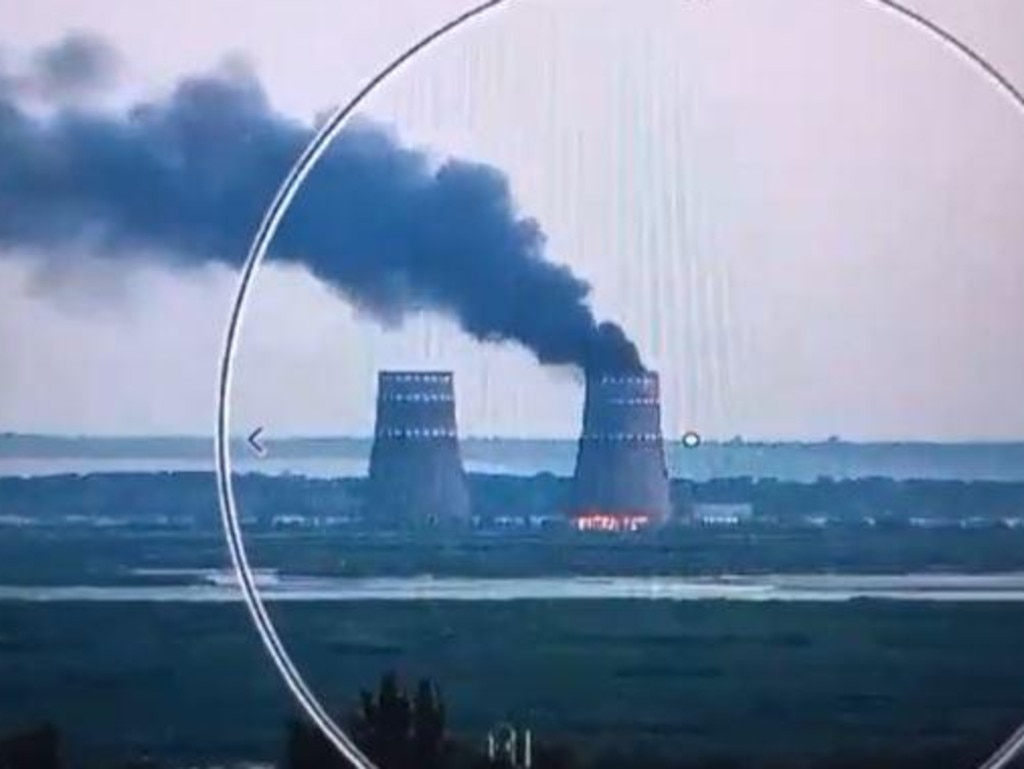
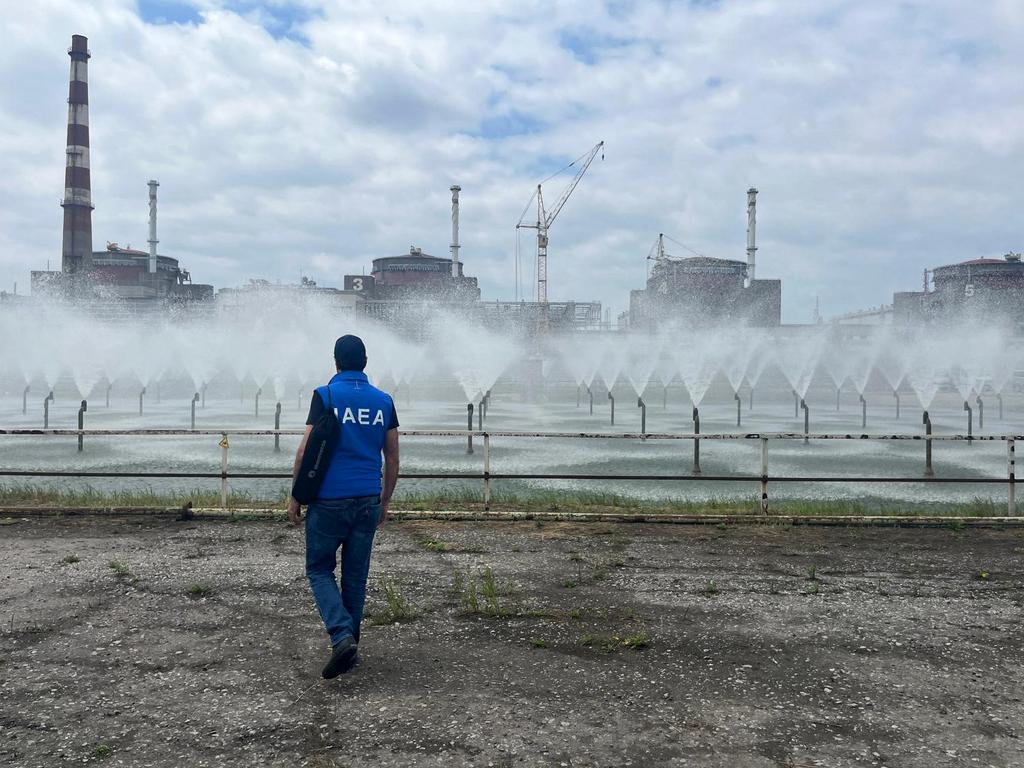
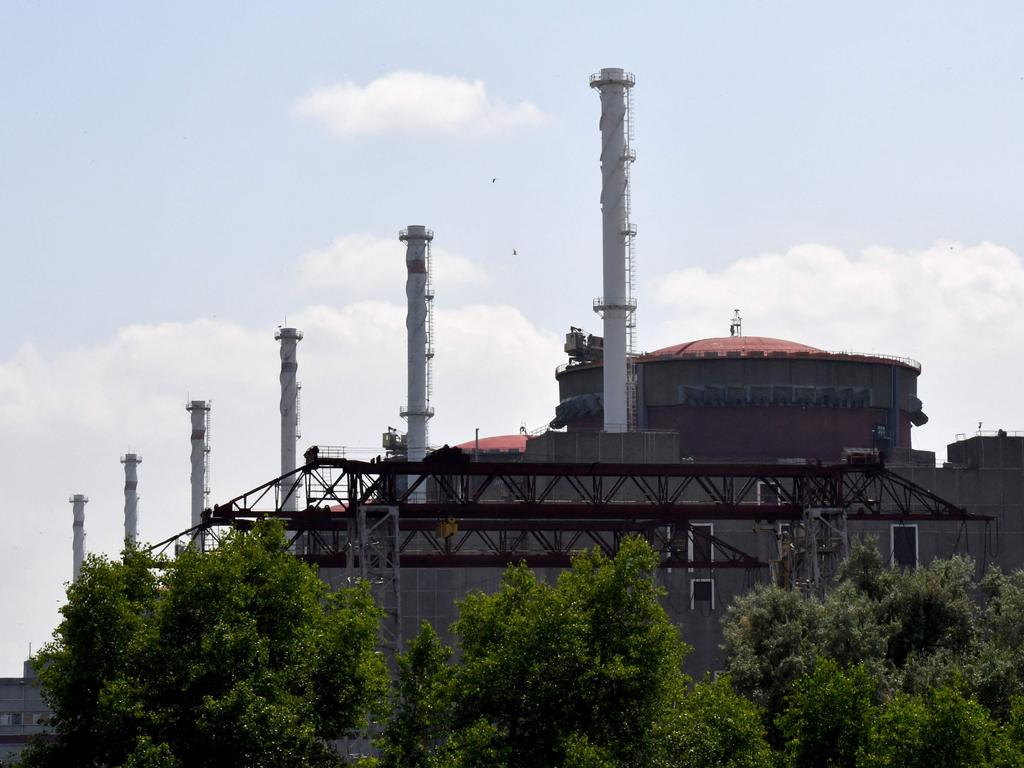
Another major concern is the nuclear fuel already in the reactor cores, which has passed its six-year lifespan.
Mr Kotin claims the site is being misused as a military base, claiming that it likely contains weapons and explosives and therefore unfit to meet safety requirements.
Russia has admitted to placing mines around the facility’s perimeter to deter sabotage, and the International Atomic Energy Agency has confirmed that armed troops are present at the site.
A recent briefing from the US Department of Energy also raised red flags.
It described the current Russian-installed workforce as “inadequate and insufficiently trained,” with staffing levels at less than a third of what they were before the war.
Ukraine’s nuclear operator also stressed that 27 safety protocols would need to be completed by Ukrainian officials trained in the specifics of the plant before any restart.
While the reactors were originally Soviet-designed, Ukraine has since made modifications — particularly to safety systems — meaning Russian operators lack the necessary expertise.
There’s also the small issue of power. Three of the plant’s four 750kV high-voltage lines, essential for daily operations, were destroyed and lie in Russian-occupied territory.
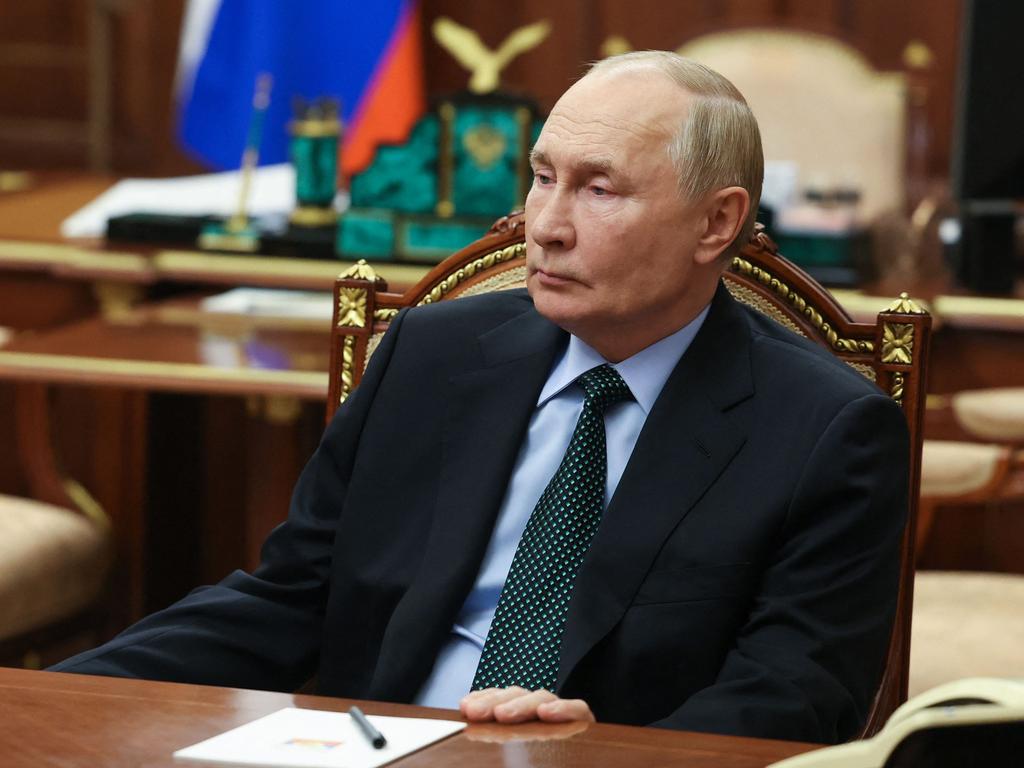
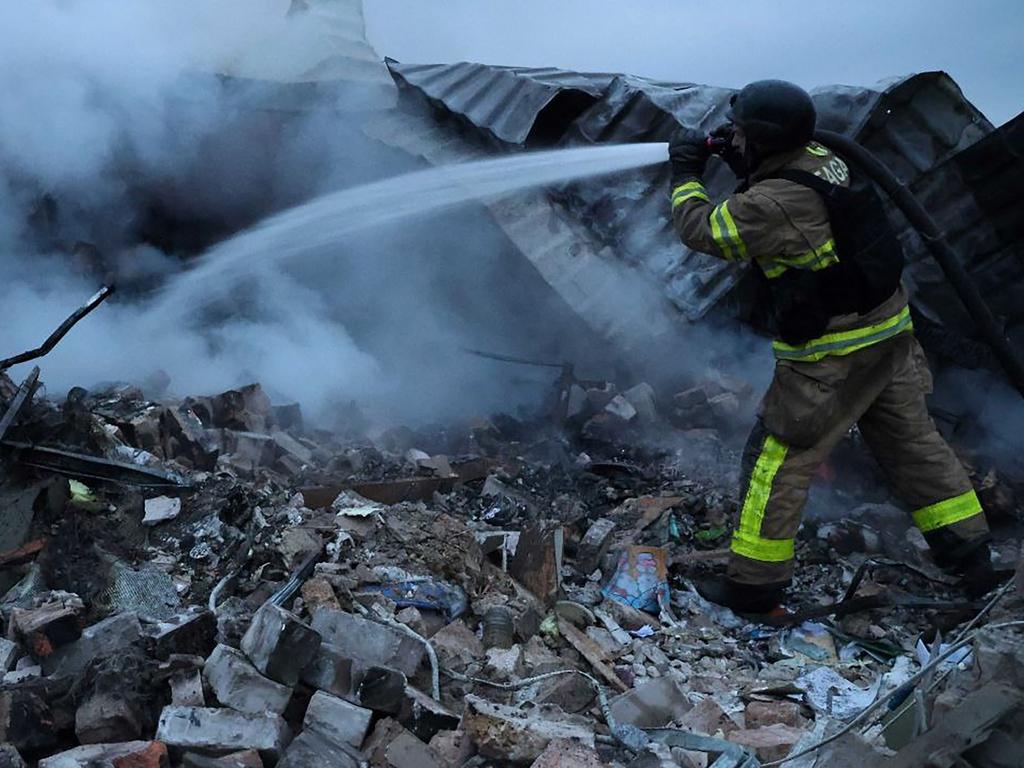
Rebuilding them in wartime is totally unfeasible, leaving the plant reliant on two remaining lines, one of which is 330kV. These have been disrupted multiple times due to shelling, forcing the plant to fall back on emergency generators.
Experts say a new pumping station is needed to secure sufficient water supply from the Dnipro.
To make the situation even more complex, US President Donald Trump’s has recently suggested the United States take ownership of Ukraine’s power plants for security.
But after watching it being lorded over by Russian troops for years, Kyiv is a little hesitant to sign away Zaporizhzhia to Washington.
“If they want to take it from the Russians, invest in it, modernise it, that’s another matter,” Ukrainian President Volodymyr Zelenskyy told a news conference in March.
“We’re not talking about the change of ownership.”
Meanwhile, fighting continues elsewhere around the nation. Mr Zelensky claims Russia launched over 1,460 guided bombs, 670 drones, and more than 30 missiles over the past week. Moscow’s recent push to conscript a further 160,000 soldiers have done little to fuel optimism about a ceasefire.
US-brokered talks have made limited progress despite Mr Trump’s bold promise to stop the war. Both sides agreed to stop targeting energy infrastructure, but each have already accused the other of breaching the deal.
A maritime ceasefire proposed by Ukraine has also been turned down by Russia.
A Russian official involved in the negotiations said on Sunday that diplomatic contacts between Moscow and Washington could resume as early as next week.




